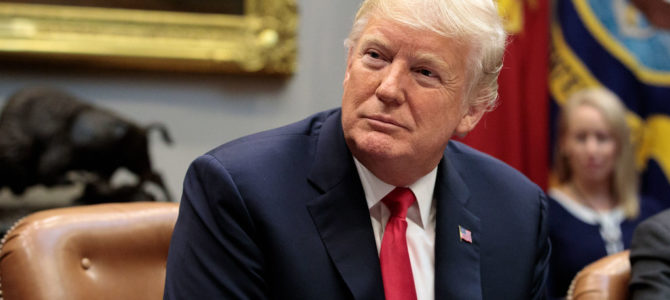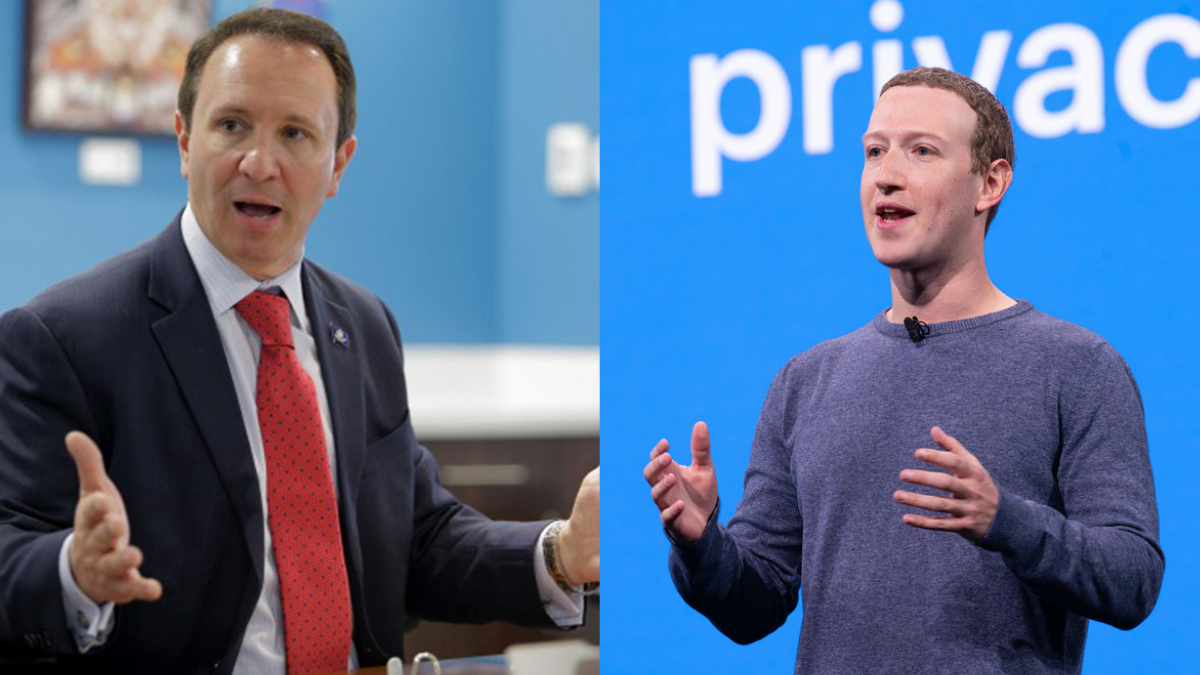
Let’s say Donald Trump fails to sweep the Rust Belt states in 2020. His chances of winning Ohio, where he swamped Hillary Clinton by 9 points in 2016, are still great. But without Wisconsin, Michigan, and Pennsylvania, where Trump won by smaller margins four years ago, the president might well lose reelection.
In 2016, Trump had a 68 electoral-vote margin over Clinton — 304 to 236. Take away the combined 44 electoral votes from those three states, and Trump falls short of the needed 270 votes by 10.
With Trump trailing most of the Democratic candidates in the Rust Belt by double digits in recent polling, liberals seem gleeful about their chances of victory in 2020. But this optimism assumes Trump cannot expand the electoral map elsewhere.
Minnesota Isn’t Feeling Blue
In fact, he can. Thanks to the success of Trump’s policies and other fortuitous developments, several other blue-trending states are certain to be in play in 2020.
Of these, none is more important than Minnesota. Its 10 electoral votes alone could offset a possible Rust Belt loss. The mainstream media has barely covered Trump’s remarkable gains in Minnesota, a state that historically is the bluest of the blue.
How blue? Even during the Reagan landslide victories of 1980 and 1984, the Gopher State remained a bastion of New Deal liberalism and economic populism. In fact, the last time the GOP captured Minnesota was during Richard Nixon’s reelection campaign in 1972, nearly a half-century ago.
Yet Trump, with his own brand of populism, nearly captured the state in 2016. He carried 78 of the state’s 87 counties, double the number carried by President Barack Obama in 2012. Overall, the margin between Trump and Hillary Clinton was a mere 1.5 percent — just 44,000 votes — the weakest Democratic tilt in decades.
In fact, Trump might well have won Minnesota in 2016 had he made the state more of a priority. On the advice of the GOP mainstream, which had watched Mitt Romney make a foolhardy play for Minnesota in 2012, Trump didn’t visit the state until the waning days of the campaign, a decision he came to regret. “One more big rally, and we would have won,” he lamented later.
Trump’s taking no chances this time. Since October of last year, he’s held three major rallies in Duluth and Rochester, two urban Democratic bastions with pockets of working-class voters attracted to his anti-trade, “America First” message. Each time, the crowds have grown larger. Just last week, Trump weighed in heavily during the burgeoning Pledge of Allegiance controversy in St. Louis Park, Minnesota, saying the state was “under siege.”
The President’s Policies Are Working
Why are Trump’s chances in Minnesota so good? The booming economy is one big factor. In addition to favorable job trends — the state’s unemployment rate is 3.3 percent, one of the lowest in the nation — Trump has undertaken special initiatives to bolster the state’s economy, drawing a sharp contrast between his administration’s policies and those of his predecessor.
For example, last month, Trump moved to expand a major copper and nickel mining operation, one of the largest remaining reserves in the world, that Barack Obama had refused to renew in his final weeks in office. Obama’s backpedaling on approving new mining leases was widely unpopular. While liberal environmental groups are still vocally protesting Trump’s decision, polls show that Minnesotans, especially in the five counties surrounding the project, strongly approve.
Trump’s crackdown on illegal immigration has also found increasing favor. Minnesota is a major resettlement state for Muslim refugees, many of them from terror-prone Syria and Somalia. Some Somalis have also left Minnesota to join the Islamic State in east Africa. A November 2016 attack by a Somali American, who stabbed eight people in a shopping mall, has fueled support for Trump’s Muslim travel ban.
Minnesota’s up for grabs for another reason: Massive fallout from the resignation of Sen. Al Franken, a prominent liberal Democrat, over sexual assault allegations that have damaged the party’s standing with voters across the board. Add to this the growing controversy over newly elected in-state Rep. Ilhan Omar, who is widely viewed as anti-Semitic and extremist, and the Democrats are confronting a major crisis of credibility with Minnesota’s electorate.
Trump’s growing popularity with Minnesotans was apparent in 2018 when the two candidates he endorsed and campaigned for easily won their races. They included Pete Stauber, who captured the 8th District, which had voted Democratic for years. The fact that these victories occurred at a time when Democrats regained control of the House of Representatives reflect the deep GOP undercurrent that could allow Trump to flip Minnesota in 2020.
More Blue States May Be Up For Grabs
Trump could conceivably expand the 2020 map in two other states in the Southwest: Nevada, with 6 electoral votes, and Colorado, with 9. While both states have tilted Democratic since 2004, Trump’s growing popularity with Hispanics, who constitute a sizable share of each state’s electorate, is giving him a fresh opening. Still, both states remain an uphill climb.
Some analysts have argued that Pennsylvania is the bellwether contest in 2020. Trump won by slightly less than 1 percent there in 2016. But if Joe Biden, a Scranton native, is his opponent, that advantage likely evaporates.
Trump is certainly not out of the running in the Rust Belt, but with a major Democratic investment expected there (in contrast to 2016), the Gopher State will loom unusually large in 2020. Assuming the rest of the electoral map stays frozen in place, it could even be the state that puts Trump over the top.
Seeing Minnesota fall would be the bitterest of ironies for the Democrats and an unmistakable sign of just how much the mood of the country has shifted since Trump captured the White House.









